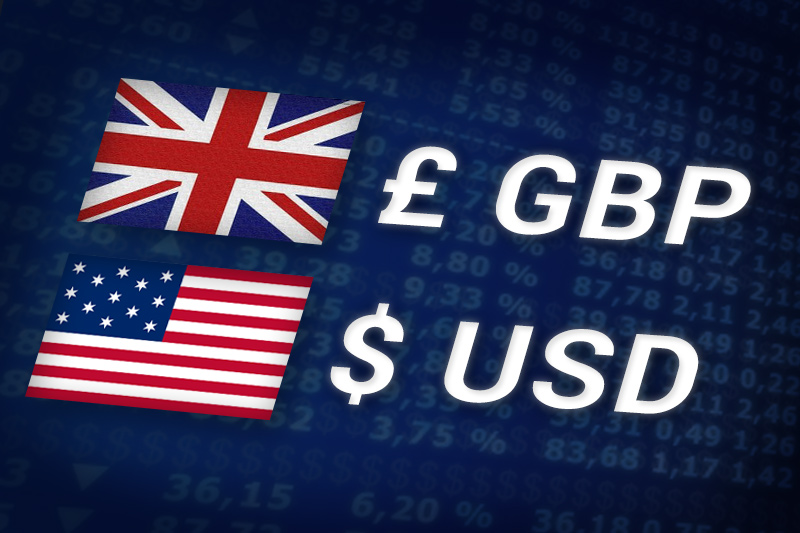Investing.com’s stocks of the week
Investing.com - The pound ticked up and down between small gains and losses against the U.S. dollar on Wednesday, as the greenback remained supported by diminished expectations for more monetary easing by the Federal Reserve.
GBP/USD hit 1.5660 during European afternoon trade, the session low; the pair subsequently consolidated at 1.5707, inching up 0.02%.
Cable was likely to find support at 1.5620, Tuesday’s low and short-term resistance at 1.5758, the high of March 7.
The greenback remained broadly stronger as investors trimmed back expectations for a fresh round of monetary easing after the Fed upgraded its outlook for the economy in Tuesday’s rate statement.
The Fed said it now expects to see “moderate economic growth” after its January statement said growth would be “modest” and added that higher oil prices could place upward pressure on inflation.
The pound came under pressure earlier after official data showed that the number of people claiming unemployment benefits in the U.K. rose more-than-expected in February, while the unemployment rate held steady at 8.4%, the highest level since 1995.
The U.K. Office for National Statistics said that the claimant count rose by a seasonally adjusted 7,200 in February, above expectations for an increase of 6,000.
However, sterling remained supported as a recent improvement in U.K. economic data, including retail sales and housing numbers fuelled hopes that the economy is recovering.
The pound was higher against the euro, with EUR/GBP slipping 0.16% to hit 0.8315.
Later in the day, Fed Chairman Ben Bernanke was due to speak; his comments would be closely watched.
GBP/USD hit 1.5660 during European afternoon trade, the session low; the pair subsequently consolidated at 1.5707, inching up 0.02%.
Cable was likely to find support at 1.5620, Tuesday’s low and short-term resistance at 1.5758, the high of March 7.
The greenback remained broadly stronger as investors trimmed back expectations for a fresh round of monetary easing after the Fed upgraded its outlook for the economy in Tuesday’s rate statement.
The Fed said it now expects to see “moderate economic growth” after its January statement said growth would be “modest” and added that higher oil prices could place upward pressure on inflation.
The pound came under pressure earlier after official data showed that the number of people claiming unemployment benefits in the U.K. rose more-than-expected in February, while the unemployment rate held steady at 8.4%, the highest level since 1995.
The U.K. Office for National Statistics said that the claimant count rose by a seasonally adjusted 7,200 in February, above expectations for an increase of 6,000.
However, sterling remained supported as a recent improvement in U.K. economic data, including retail sales and housing numbers fuelled hopes that the economy is recovering.
The pound was higher against the euro, with EUR/GBP slipping 0.16% to hit 0.8315.
Later in the day, Fed Chairman Ben Bernanke was due to speak; his comments would be closely watched.
